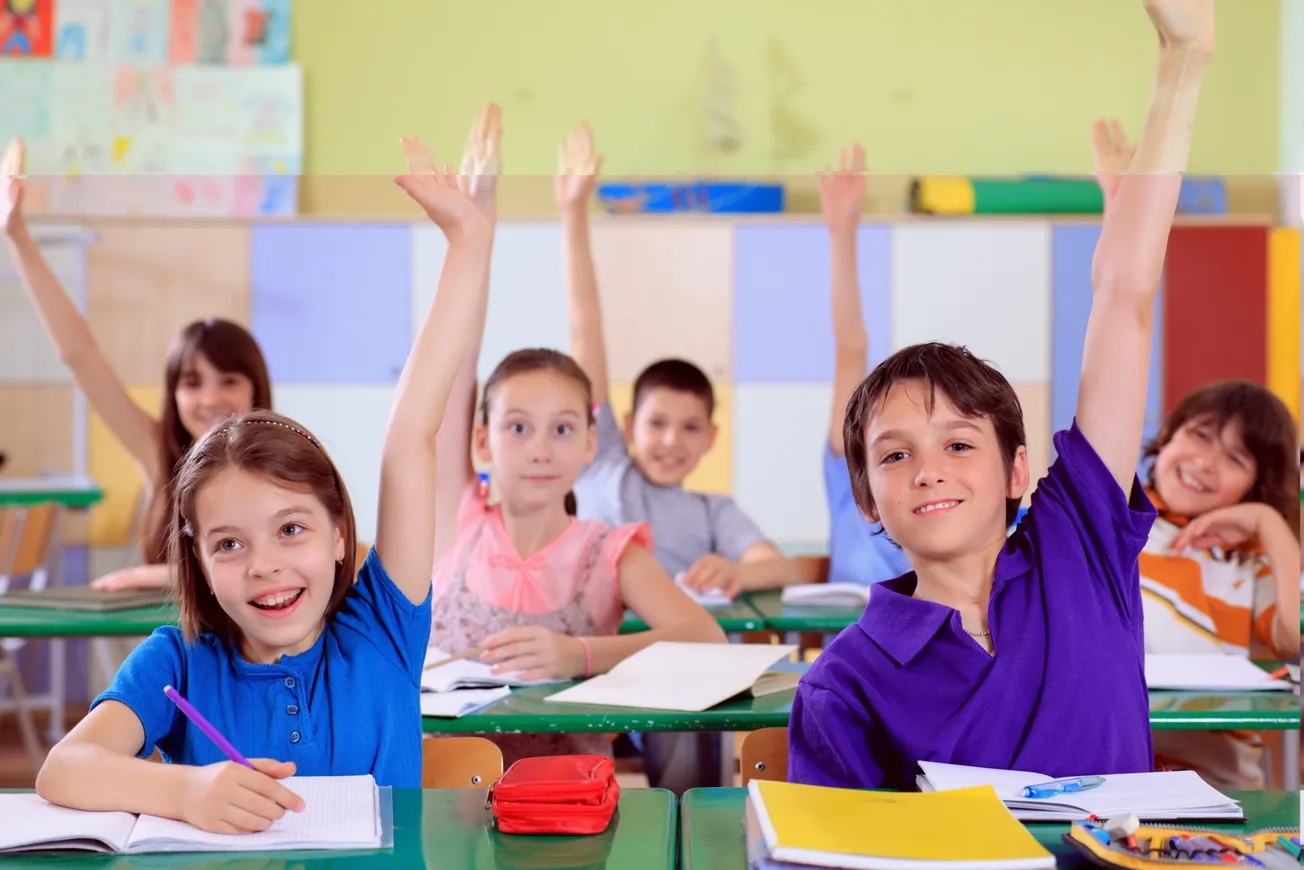Table of Contents
A friend commented recently that her working week as a primary school teacher is five days in the classroom, plus several hours per night and most of Saturday at home. She’s diligent but understandably she is planning retirement. The demands of teaching have forced many good teachers out and parents with the financial wherewithal have removed their children from public education to home school or educate them privately.
Recent research shows that 76% of New Zealand’s teachers are responsible for finding their own instructional materials, and nearly half report having inadequate access to high quality instructional materials.
This not only adds many hours a week to most teachers’ workloads, it also adds variability to the quality of what students are learning and undermines the appropriate sequencing of the content they learn.
Maryanne Spurdle writing for Maxim Institute 28 Sept 2023 Grading our Curriculum: Failing students, teachers, and the evidence test
Why did we move from providing age-appropriate curriculum per subject per classroom to individually tailoring curriculum for individual students across multiple disciplines?
In 2007, NZ education adopted “open, skills-based curricula designed to prepare learners for the new “knowledge economy”.
Child-centric learning was a noble goal working well for individual tuition but putting enormous pressure on teachers facing around 30 students each day. There just aren’t enough hours in the day to do the job properly.
By 2020 it was obvious that the child-centric learning model that failed teachers was failing students too.
By appealing to the inarguable idea that children should be at the centre of decisions about their learning, children-centred orthodoxy has undermined subject knowledge. It has told teachers they are at their most professional when they let their students lead.
Consequently, educational standards have plummeted. Despite a 32% real rise in per-pupil spending since 2001, students have gone from world-leading to decidedly average.
In reading, maths and science students now perform far worse than the previous generation just eighteen years ago. In all three subjects, 15-year-olds have lost the equivalent of between three and six terms’ worth of schooling. Far fewer pupils today perform at the highest levels. Far more lack the most basic proficiency.
Worse, in the latest round of OECD testing, New Zealand recorded the strongest relationship between socioeconomic background and educational performance of all its comparator English-speaking countries.
Briar Lipson writing for NZ Initiative 7 October 2020 – NEW ZEALAND’S EDUCATION DELUSION: HOW BAD IDEAS RUINED A ONCE WORLD-LEADING SCHOOL SYSTEM
Another notable failed educational experiment was the introduction of the open-plan classroom with its intensity of noise and distraction that any sane person would have rejected at the outset.
Haeata Community Campus in Christchurch is an open-plan school that opened in January 2017 with 300 plus students per classroom, a child-centric “five-and-a-half hour day, ‘e-portfolios’ and individualised, self-selected studies”.
Nearly 70 teachers, known by their first names, taught up to 900 students aged between five and 18 in “learning ‘hubs’ with no set classes and no bells to break up the day. One space designed for year 11 to 13 students has science labs, a woodworking studio and beds where learners can take a nap”.
Children of different ages interacting in the same space, doing what they like, where they like and when they like worked out as well as any hands-on parent would expect, and nowhere near as well as the educationalists believed it would.
Despite initial claims that “It’s not just about kids going wild and doing whatever they like” it turned out that children without clear direction don’t look out for their own, or anyone else’s, best interests. They become uncontrollable.
By September 2017 45 families had pulled their children out of that school, unhappy with the modern learning environments and the fighting. Students described the school as hell: violence was endemic and vandalism cost $197,000 in the first year.
For over a decade we have lagged behind other OECD countries in funding independent education to give parents a choice in their children’s education.
By 2012, the majority of OECD governments were contributing more than half of independent schools’ income. In England, 51% of students now attend publicly funded, privately operated schools.
Sweden’s school voucher system is as old as “Shortland Street.”
In Australia, state and national governments generously supplement tuition at Catholic schools (teaching 20% of all students) and independent schools (16% of students—compared to 4% in NZ).
Maryanne Spurdle writing for Maxim 28 June 2024 Why choice in education really is choice
The coalition Government is committed to giving NZ parents educational choices. We won’t all agree on what is best for our children but at least we will have options.
Up to 50 new or converted charter schools will be funded out of Budget 2024, the coalition government has announced.
It has set aside $153 million of new funding for the publicly funded private schools over the next four years.
The money will establish 15 new charter schools and convert 35 state schools in 2025 and 2026, depending on demand and suitability.
RNZ 14 May 2024
Alternative education for NZ children can’t come a day too soon.









